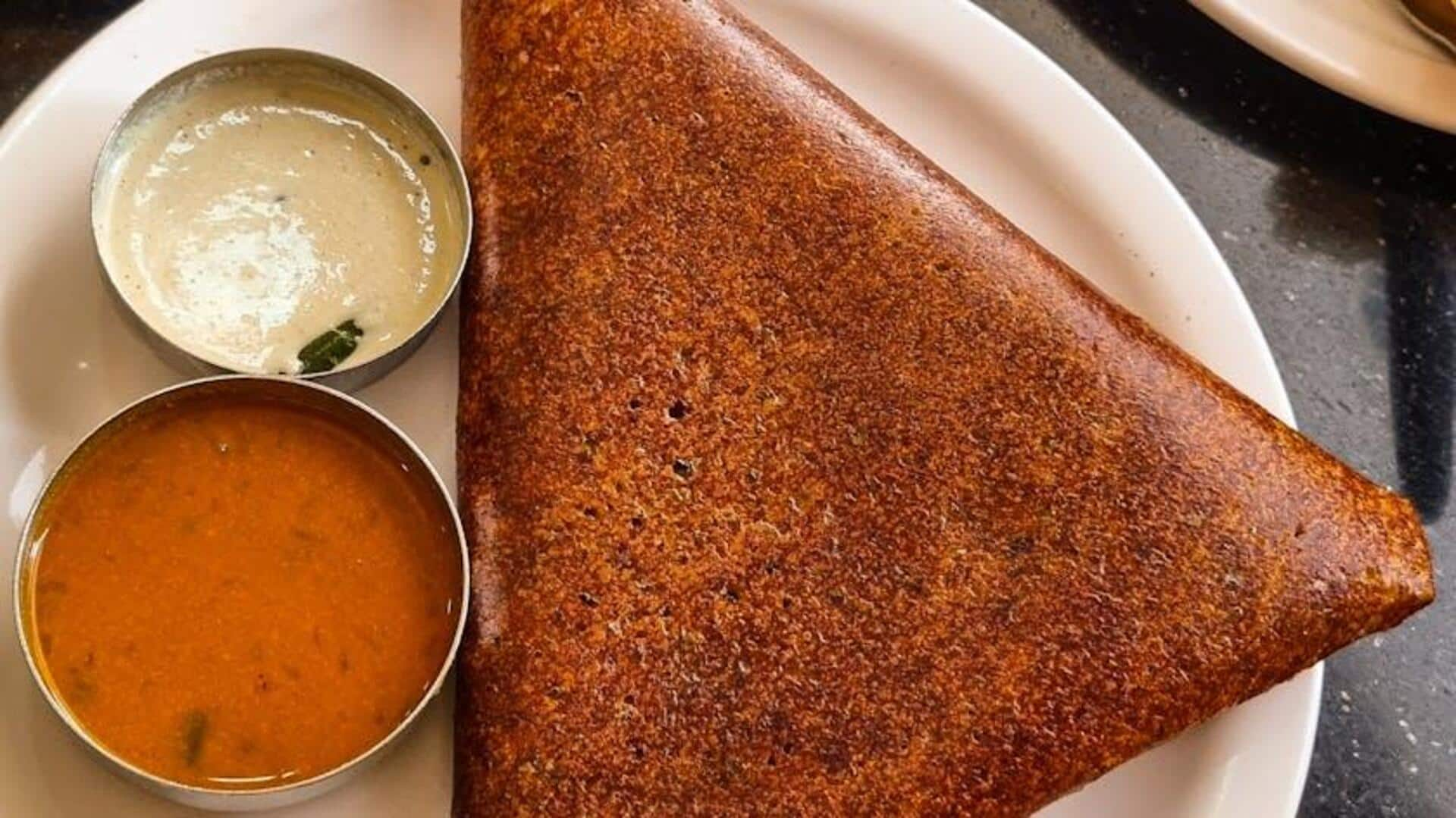
Tracing sambar's delicious journey across the world
What's the story
Sambar, a South Indian staple, has a glorious history of centuries. From the Tamil kitchens, this lentil-based stew is usually prepared with tamarind and vegetables. Over the years, sambar has crossed borders to become the beloved dish of the world. Its unique spices and flavors have won hearts across continents, making it an inseparable part of many international menus today.
Historical roots
Evolution through time
The roots of sambar can be traced back to ancient Tamil Nadu. The dish was first prepared by the Maratha ruler Shahuji during his reign in 17th century, is believed. The recipe changed over time as it traveled across different regions of India, each contributing its own local ingredients and spices. This flexibility played a major role in its widespread popularity.
Core components
Ingredients that define sambar
Lentils, tamarind pulp, and a mix of vegetables (carrots, beans, etc.) are some of the key ingredients in sambar. But the spice mix called sambar powder is key to its taste. The powder generally consists of coriander seeds, cumin seeds, fenugreek seeds, dried red chilies, turmeric etc.
International influence
Sambar's global appeal
Just as Indian food has made a place for itself in global cuisine in the past few decades, so has sambar. The versatility of this dish makes it a companion to a variety of items- rice or dosa- that are equally loved all over the world. The dish has been adapted by many international chefs, using local ingredients, but retaining its soul.
Cooking tips
Tips for making authentic sambar at home
To make authentic sambar at home, begin by picking fresh vegetables that go well together when cooked with lentils, like drumsticks or pumpkin, and carrots or beans (if you have access to them where you live now). Use freshly ground spices instead of pre-packaged ones wherever possible, because they give a better aroma, taste, and overall experience eating the homemade version than the restaurant-bought one.